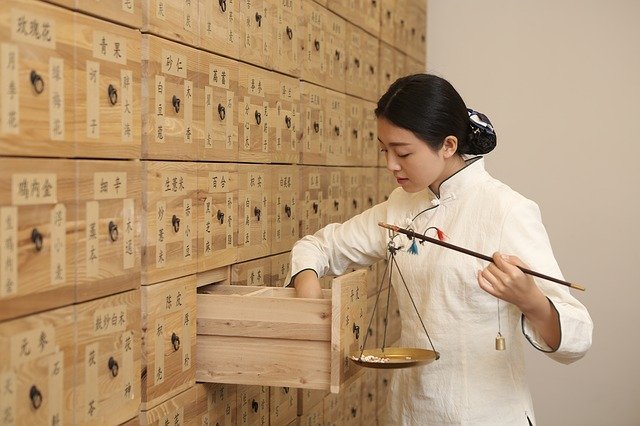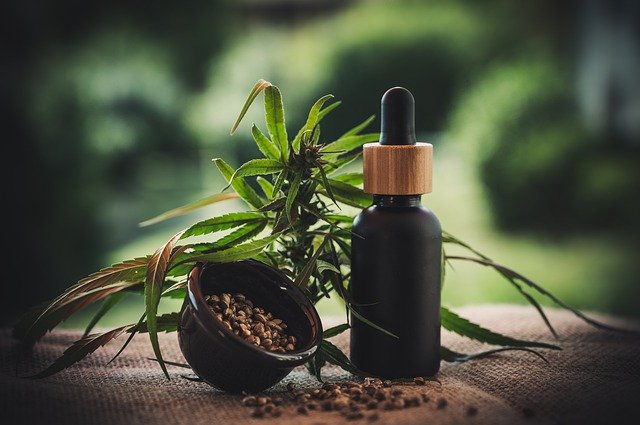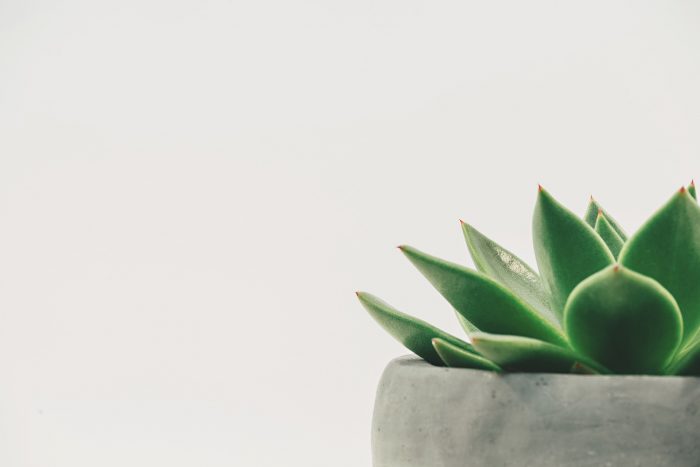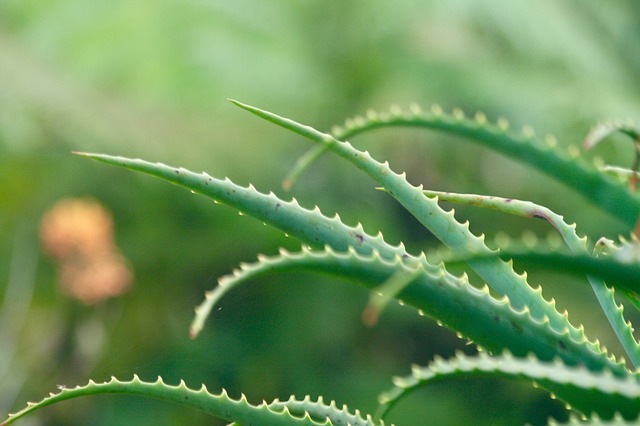Health and wellness has become top priority. Despite scientific and technological advancements, there has been a resurgence of ancient healing practices such as traditional Chinese medicine and home remedies.
What is Traditional Chinese Medicine
Traditional Chinese medicine (TCM) has evolved over thousands of years and has changed little over the centuries. The ancient Chinese believed that humans are interconnected with nature and affected by its elements. Its basic concept is the natural balance of the body, known as Qi. This is the body’s energy flow and essential for maintaining good health. If Qi is unable to flow around the body it can mean that energy meridians are obstructed. This is often a result of stress, injury, overwork, diet, or environmental conditions. It is also believed that there has to be a balance between the internal body organs and the external elements of earth, fire, water, wood, and metal. Such imbalances are thought to be caused by an alteration in the opposite and complementary forces that make up the Qi. These are called yin and yang.
Traditional Chinese Medicine, (TCM) aims to re-establish this balance through a variety of authentic mind and body practices. These include Herbal Medicine, Acupuncture, Cupping Therapy, Moxibustion, Tui Na massage, Qigong and Tai Chi each used to address health problems.
Acupuncture
Acupuncture therapy can release blocked Qi in the body. This therapy involves the insertion of sterile fine needles to specific acupuncture points throughout the body to restore the flow of Qi, balance the body’s energy and stimulate the body’s natural healing process. The application of pressure, heat or electrical stimulation can further enhance the effects.
It is believed that there are over 1,000 acupuncture points on the body, each lying on an invisible energy channel, known as “meridian.” Each meridian is associated with a different organ system.
Tai Chi
Tai chi is widely taught today. It is described as an internal Chinese martial art practiced for health benefits , meditation as well as defence training. It combines specific postures with gentle movements, using a mental focus, conscious breathing and relaxation. Practicing tai chi aids balance and stability especially in older people
Qigong
Qigong, chi kung, or chi gung is a millennia-old system of coordinated body-posture and movement, breathing, and meditation. This ancient martial-arts training is used for the purposes of health and spirituality.
Moxibustion
This treatment involves burning moxa which is a cone or stick made of ground mugwort leaves which is then held on or near the body’s meridians and acupuncture points. Practitioners believe that the resulting heat helps stimulate these points to improve the flow of Qi in the body.
Cupping
Cupping is the use of warmed glass jars to create suction on certain points of the body. Cupping improves overall health by removing the energy blockages, identified by the practitioner, as barriers to the flow of healthy energy. Pain relief and muscle relaxation are the key benefits of this treatment.
Tui Na massage
This style of massage originated in ancient China and is believed to be the oldest system of bodywork. Tui Na massage stimulates the flow of Qi to promote balance and harmony within the body using many of the same principles of acupuncture but using hands instead of needles, using oscillating and pressure techniques that differ in force and speed. This is offered as a stronger, active, dynamic, deep-tissue massage (yang) or a more gentle, passive and meditative massage (yin).
Herbal Medicine
Chinese herbalists use a mixture of plants and plant extracts to treat illness by correcting the body’s imbalances by promoting the self-healing process, rather than to treat symptoms. Herbal medicine may be the combination of roots, stems, flowers or seeds, according to their effect on the body and prescribed as tablets, dried as a tea, or as a cream.
The Mix of Chinese and Western Medicine
Chinese Medicine prioritises prevention and is often regarded as the listening medicine to treat the whole person. It uses the seasons and elements to create natural harmony and healing encouraging self-awareness of personal specific weaknesses and imbalances of inner energies. Natural healing comes to light through nature and seasonal changes which manifests in our emotions. Today we see therapies combined to enhance healing such as acupuncture with massages and increased awareness of self-healing methods such as hand tapping and crystal healing. These can work with Western medicine which focuses on intervention which we have witnessed especially in the treatment of chronic covid.
There is a place for western medicine. TCM being better in curing the root of the problem but quite slow in action while western medicine is more powerful but sometimes with significant side effects.
Both types of medicines have strengths and weaknesses. It is for individuals to choose based upon their beliefs, being in tune with their own health and a knowledge of the relevant western treatments which affect them.





